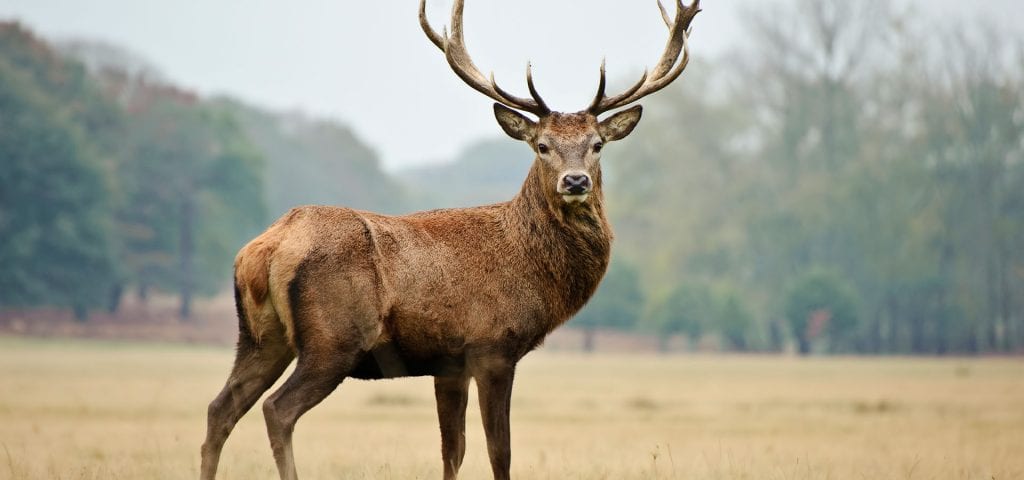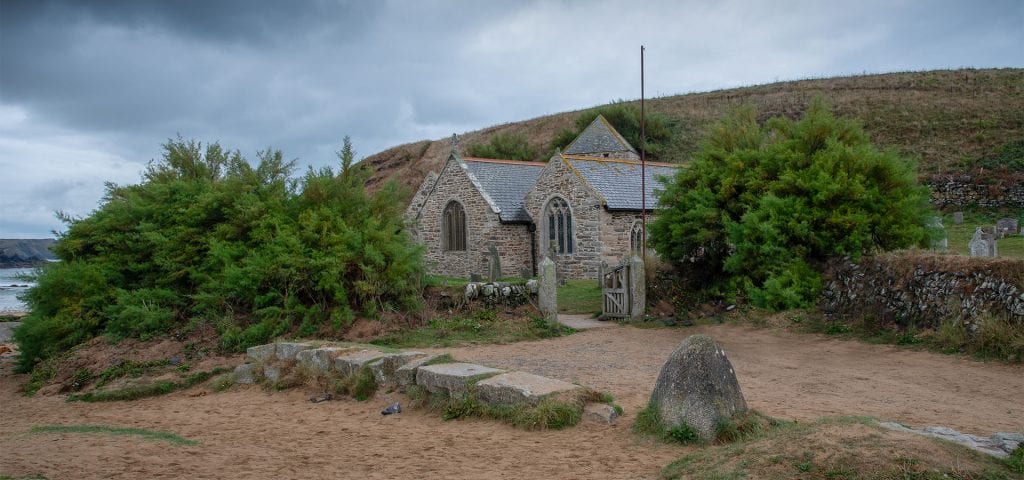In his 1602 Survey of Cornwall, Richard Carew wrote: “By Tre, Pol and Pen / Shall ye know all Cornishmen.” Those three prefixes are still a guide to a person or place of Cornish ancestry, and they are not the only ones.
The language is Kernewek, or Cornish, and it’s worth considering the meaning of place names when you visit Cornwall (Kernow), as they often yield clues as to their history: what the landscape was like when it was originally named, who it belonged to and what happened here in years gone by.
Tre is Kernewek for “settlement or homestead”. You can see it in Tregony, gateway to the Roseland peninsula; the National Trust property of Trelissick (“Leidic’s Farm”); and in John Betjeman’s beloved Trebetherick (Tre-pedrek – reputed to be the landing place of St Petroc on his return from Rome).
Pol means “a pond, lake or well” – see Polgooth, Pollgoodh, meaning “goose pond”, and Polzeath, Polsegh, meaning “dry creek”. Pen means headland, as in Penryn, meaning “promomtory”, and Penzance, or “holy headland”.
Like the Welsh Llan, Lan means church and is often followed by a saint’s name: Launceston (Lannstevan – St Stephen), Lanhydrock (St Hydroc/Hydrek), Lansallos (St Salwys). Nan translates as “valley”, and can be seen in Nancledra (once home to Robert Morton Nance, champion of the Cornish language in the 20th century), and Nansledan, “broad valley”, the new Duchy of Cornwall extension to Newquay.
Beware false friends; in Kernewek, Polperro is Porthpyra. Porth means harbour, bay, cove or port, and you can see plenty of examples around the county, from Porthgwarra (“very wooded cove”) in West Penwith to Porthtowan (“cove of sand dunes”) on the north coast. If in doubt, look to the Cornish – Porthia, or St Eia’s Bay, for St Ives; Aberfal a literal translation of Falmouth.
Once you start, it’s hard to stop. Car, as in Carharrack and Caerhays – “fort”. Truro – Truru, “three rivers”. Bodmin – Bosvena, or “monk’s dwelling”.
While the last native speaker of Kernewek was long claimed to be Mousehole maid Dolly Pentreath, who died in 1777, the language has seen a resurgence in recent years, in both the spoken and written word. In 2009, Cornwall Council pledged to promote it by printing all future street signs in English and Cornish, and you’ll see many words appearing over and over: fordh (road), stret (street), mena (hill).
If a name sounds very English, be suspicious. Take the village of Flushing, originally Nankersey, which translates somewhat prosaically as “valley of the reed swamp”. The Dutch engineers who built the quays were taken with the village, but less so with the name, and renamed it Flushing after their home town in the Netherlands. Charlestown, meanwhile, was once a humble fishing village by the name of West Polmear before it was remodelled by entrepreneur Charles Rashleigh and named after him.
Sometimes Cornish names are more poetic and descriptive than their English counterparts. Newquay does what it says on the tin; Tewynblustri, however, Tewyn refers to the sand dunes, and no one is entirely sure what blustri means – but doesn’t it sound fabulous?


